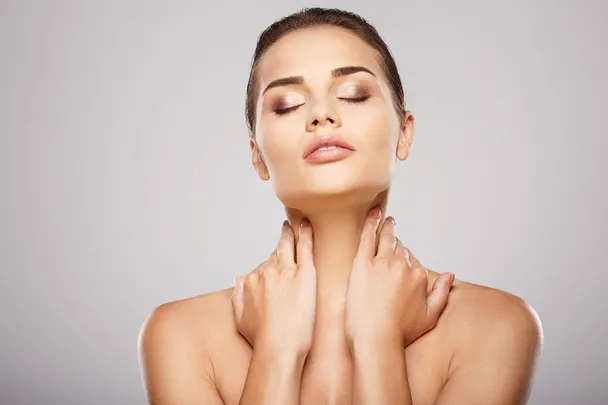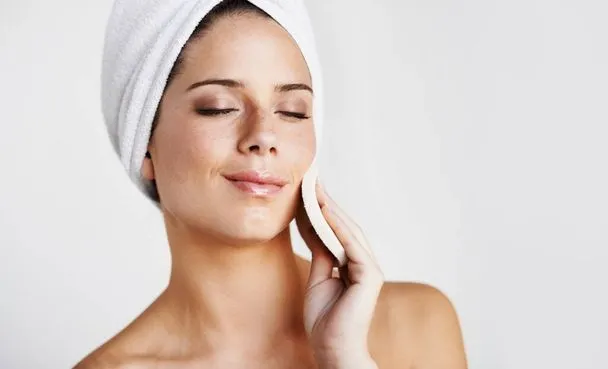Why Straightening Wet Hair Is a Huge No-No
In the pursuit of sleek, straight locks, many individuals are tempted to reach for their straightening iron while their hair is still damp. However, this common practice can wreak havoc on the health and integrity of your hair. Straightening wet hair is a huge no-no for several reasons, ranging from increased risk of damage to potential burns. In this comprehensive article, we’ll delve into the dangers of straightening wet hair and provide tips for achieving smooth, straight hair without compromising its health.
The Dangers of Straightening Wet Hair:
- Increased Risk of Damage: Straightening wet hair poses a significant risk of damage due to its vulnerability to heat styling tools like flat irons. When hair is wet, it undergoes structural changes, becoming more porous and susceptible to damage. The high temperatures emitted by styling tools can cause the water molecules within the hair shaft to heat up rapidly, leading to their expansion and eventual boiling. This process, known as bubble formation, can weaken the hair shaft, causing it to become brittle and prone to breakage. Additionally, the intense heat can cause the hair cuticle to lift, exposing the inner cortex and further compromising the hair’s integrity. As a result, straightening wet hair can lead to irreparable damage, including split ends, breakage, and frizz, ultimately compromising the overall health and appearance of the hair.
- Uneven Heating: Another danger associated with straightening wet hair is the risk of uneven heating, which can result in an inconsistent and unnatural-looking finish. Wet hair conducts heat differently than dry hair, with moisture acting as a conductor of heat. As a result, when using styling tools on wet hair, the heat may not be evenly distributed throughout the hair shaft, leading to areas that are under-straightened or over-straightened. This can result in a patchy and uneven appearance, detracting from the desired sleek and smooth finish. Additionally, the presence of moisture in wet hair can create steam when exposed to heat, further complicating the straightening process and increasing the risk of damage. Overall, attempting to straighten wet hair can lead to disappointing styling results and potential damage to the hair’s structure.
- Potential Burns: Straightening wet hair also poses a risk of burns to the scalp and hair follicles due to the high temperatures emitted by styling tools. When in contact with wet hair, these temperatures can cause the water within the hair shaft to evaporate rapidly, leading to the formation of steam. This steam can create a barrier that prevents heat from dissipating, leading to localized overheating and potential burns. Additionally, the moisture in wet hair can exacerbate the effects of heat, increasing the likelihood of burns and scalds to the scalp and surrounding areas. Burns from straightening wet hair can range from mild to severe, causing pain, discomfort, and damage to the hair follicles. Therefore, it is essential to exercise caution and avoid using styling tools on wet hair to prevent burns and protect the scalp’s health.
- Reduced Styling Effectiveness: Attempting to straighten wet hair is generally less effective than straightening dry hair due to its higher moisture content and resistance to heat styling. Wet hair has a higher water content, which acts as a barrier, making it more challenging for heat to penetrate and style the hair effectively. As a result, straightening wet hair may require higher temperatures and longer styling times to achieve the desired results. However, this prolonged exposure to heat can increase the risk of damage and compromise the hair’s health and appearance. Additionally, wet hair is more prone to reverting to its natural texture once dried, further reducing the effectiveness of the straightening process. Overall, attempting to straighten wet hair can lead to subpar styling results and potential damage to the hair, highlighting the importance of waiting until the hair is completely dry before using heat styling tools.
Tips for Straightening Hair Safely:
- Start with Dry Hair: To mitigate the risks associated with straightening wet hair, it’s imperative to begin with completely dry hair. Wet or damp hair is more susceptible to damage from heat styling tools due to its higher moisture content and altered structure. Therefore, allow your hair to air dry naturally or use a blow dryer on a low heat setting to ensure thorough drying before reaching for any heat styling tools. Patience is key here, as attempting to straighten hair that is even slightly damp can lead to irreparable damage, including breakage, split ends, and frizz.
- Use Heat Protectant: Before subjecting your hair to the intense heat of styling tools, it’s essential to apply a heat protectant product. Heat protectants come in various forms, such as sprays, serums, or creams, and work by forming a protective barrier around the hair shaft. This barrier helps to minimize heat damage by reducing the transfer of heat to the hair cuticle, thereby preserving the hair’s integrity and preventing moisture loss. When choosing a heat protectant, opt for products that contain ingredients like silicones, which help to coat the hair and shield it from the damaging effects of heat styling.
- Use a Lower Heat Setting: When straightening dry hair, it’s crucial to use the appropriate heat setting on your styling tool to minimize the risk of damage. Lower heat settings are generally sufficient for achieving sleek, straight hair without subjecting the hair to excessive heat. Additionally, consider investing in a flat iron made from ceramic or tourmaline materials, as these materials distribute heat more evenly and reduce the occurrence of hot spots, further minimizing the risk of damage. By using a lower heat setting and choosing the right styling tool, you can achieve the desired results while minimizing the potential for heat-related damage to your hair.
- Section Your Hair: To ensure thorough straightening and achieve a smooth, uniform finish, it’s essential to section your hair before using a flat iron. Dividing your hair into smaller, manageable sections allows you to focus on each section individually, ensuring that every strand is straightened evenly. This technique also helps to reduce the number of passes with the flat iron, minimizing the amount of heat exposure and potential damage to the hair. Take your time and work methodically through each section, starting from the bottom and gradually working your way up to the top, to achieve optimal results without compromising the health of your hair.
- Limit Frequency: While straightening your hair can provide temporary styling benefits, it’s essential to limit the frequency of heat styling to prevent overexposure to heat and minimize damage. Ideally, aim to straighten your hair no more than a few times per week and incorporate heat-free styling methods into your routine on alternate days. This allows your hair time to recover and replenish moisture between styling sessions, reducing the risk of dryness, breakage, and other forms of heat-related damage. Additionally, consider embracing your hair’s natural texture on occasion and experimenting with heat-free hairstyles to give your hair a break from the rigors of heat styling. By adopting a more balanced approach to styling, you can maintain the health and integrity of your hair while still achieving your desired look.
While it may be tempting to straighten wet hair for convenience or time-saving purposes, this practice can lead to a host of problems, including increased risk of damage, uneven heating, potential burns, and reduced styling effectiveness. To achieve smooth, straight hair without compromising its health, always start with completely dry hair and use a lower heat setting on your styling tool. Additionally, be sure to use a heat protectant spray or serum to minimize damage and protect your hair from the effects of heat styling. By following these tips, you can safely straighten your hair and maintain its health and integrity for beautiful, salon-worthy results.









